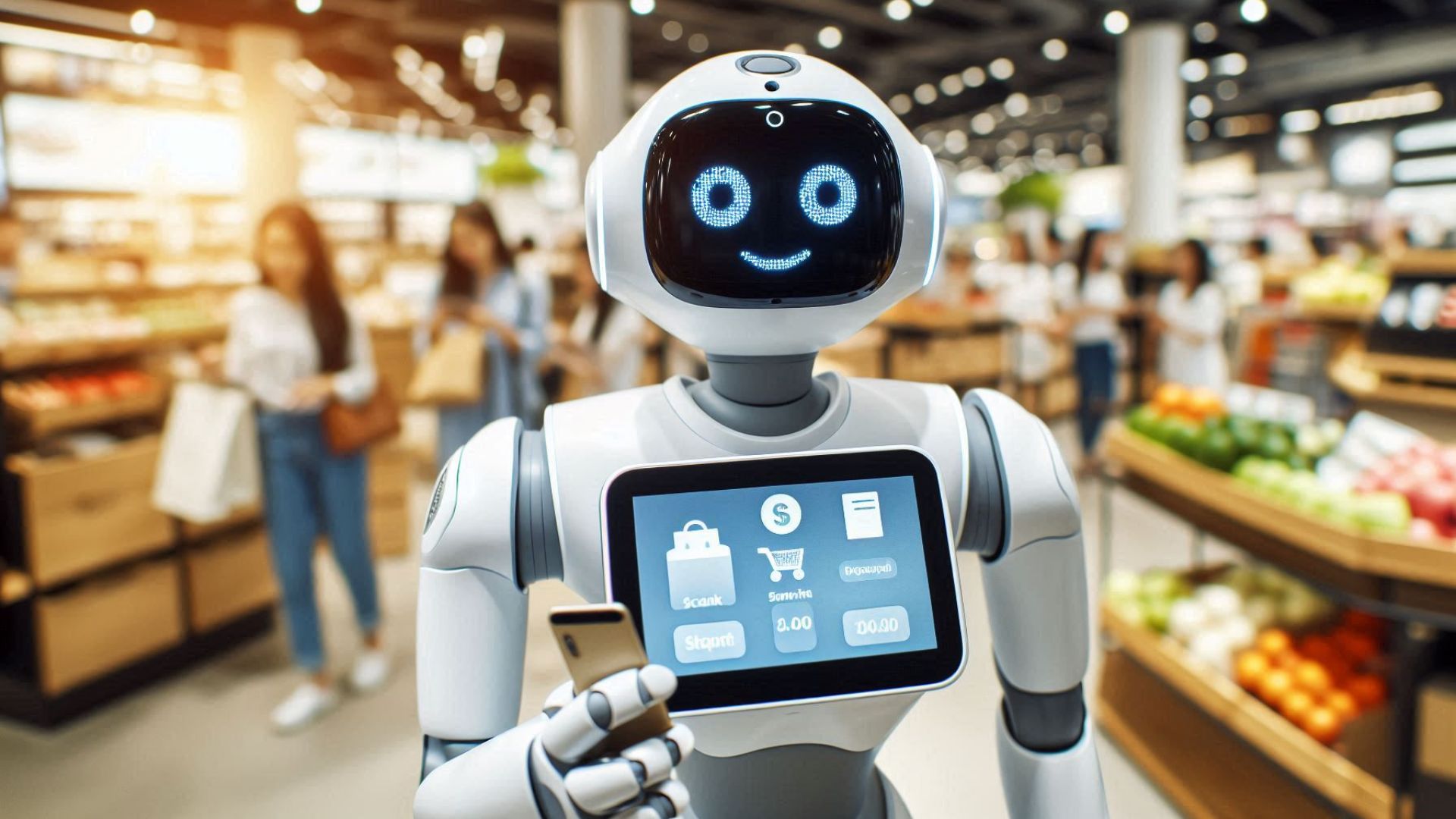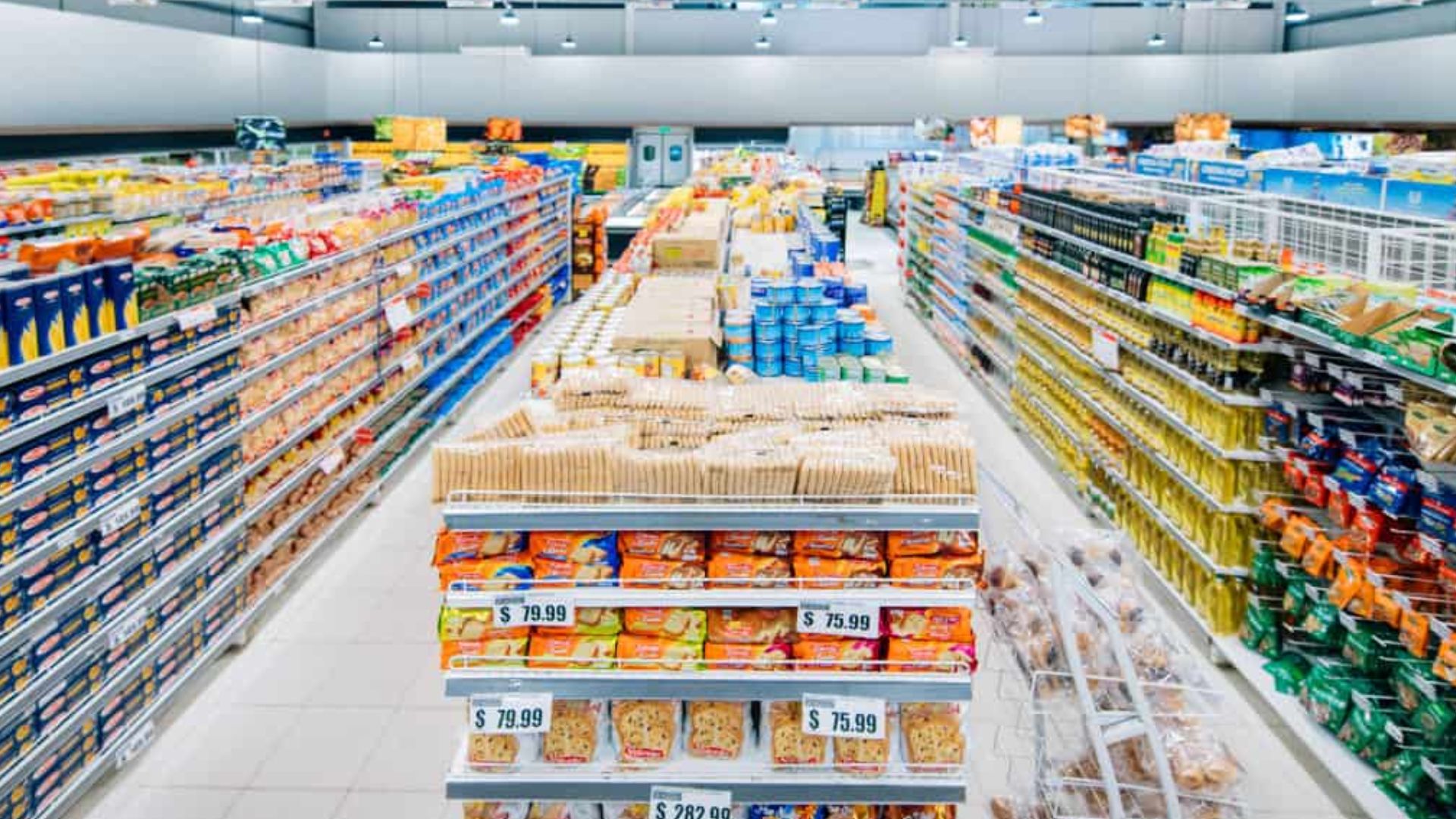The love for food is universal. Today, food has evolved beyond just being fuel for our bodies; it is now a source of happiness, comfort, connection and indulgence. Packaged foods have revolutionized the industry, allowing consumers worldwide to enjoy their favorite foods with the best flavors, while maintaining strict quality control without compromising on taste.
The global packaged food industry is projected to reach USD 4573 billion by 2031. The availability of packaged food items is widespread in supermarkets, hypermarkets, online marketplaces, retail stores, etc, where consumers shop for their favorite products from their preferred and trusted brands. That's why ensuring availability of the products on the shelves in the right quantities in the right locations is paramount. In the industry terms, this is termed On-Shelf Availability making it a very important metric for brands to track to curb out of stocks or over stocking.
Challenges in maximizing On-Shelf Availability
On Shelf Availability (OSA) simply means ensuring the availability of inventory on all retail outlets in the right quantity placed on the right shelves. This ensures consumers easily find the products on the shelves. On the corollary, outs of stocks means the inventory of a particular product is exhausted.
Out of stocks are bad for business and result in lost sales. The worldwide CPGs today report over $1 Trillion in lost sales due to out of stock situations and poor implementation of retail strategies inside the stores. This is detrimental for the brand and impacts brand presence in the long run.
30% of shoppers report that products out of stock hurt their shopping experience. That's why it is so important for food brands to get it right. But, what hurts OSA at large?
- Unforeseen spike in purchasing
- Lack of accuracy in demand forecasting
- Inadequate inventory due to inaccurate data
- Misplaced products due to inefficient process of stocking shelves
- Unmonitored stock levels at the store by the store staff
Also Read: What is Retail On-Shelf Availability – Its Importance and Measurement
Preventing Out of Stocks and Maximizing On-Shelf Availability OSA
Shelf replenishment & retail execution performance
For packaged food brands, keeping their shelves stocked is challenging, considering their universe of stores run in thousands. Thankfully, many underlying causes of stock outs can be preventable with accurate and timely data.
Also, as a practice global CPGs need to eliminate stock outs of 20% of their items that contribute to 80% of the total sales.
Gaining access to accurate and timely data requires augmenting or supplementing your retail execution with technology. Today Image Recognition and Artificial Intelligence are bracing to solve this challenge and enable sales and merchandising teams to be more agile, act with speed and drive efficiencies across all store-level operations.
But, how does Image recognition help packaged food brands tackle out of stocks, ensure OSA and drive efficient retail execution?
Automating in-store data collection:
Store-level data is gathered by retail store audits carried out by merchandisers or auditors who up until now relied on manual data collection methods. This resulted in auditors/merchandisers spending an average of 30-45 mins inside each store.
Packaged foods come in a variety of shapes and sizes. Be it a cereal box, chips packets, choco bars, cans, cups and small candies, manually counting them is tedious and time consuming.
Image Recognition-based audits:
Technologies like Image Recognition & AI are enabling auditors to scan shelves or simply capture a few images of the shelves instead of manual intervention. The images could be captured either via mobile camera or in-store camera.
Object detection & recognition:
Manually identifying items on the shelves can be daunting. Image Recognition algorithms eliminate this by processing the images captured and identifying each and every SKU or item, pricing and display.
Custom Reports and Dashboards:
All collected data is then calculated and critical KPIs such as On-Shelf Availability, Share of Facings, item pricings can be accessible in a single dashboard along with visual proof of all the in-store images captured. A team that sits out of office can now access all the ‘retail truth’ without having to visit any store at all.
Real-time action plans and alerts:
On-ground teams can be equipped with all KPIs within minutes of processing the captured images. This enables them to fix execution issues, fix out of stock issues and ensure optimal stock availability on the shelf and in the back room.
.avif)
Supply chain optimization
Managing out-of-stock situations heavily relies on effective supply chain management for any CPG brands. More so for packaged food brands as It's crucial to streamline, monitor, and optimize stock availability from various production facilities, distributors, and suppliers.
By identifying in-demand SKUs, manufacturers can design and refine their distribution strategies to meet demand throughout the year. Keeping in mind the shelf life of products is also a big factor for packaged food brands, especially in categories including dairies, baked goods, ready to eat. Adjusting and readjusting delivery cycles and schedules based on historical sales and inventory data across seasons ensures timely stock replenishment.
Conclusion
When consumers encounter out-of-stock situations, two scenarios can occur: they may choose to purchase the same product from a different brand or buy the product from another store, impacting sales and brand loyalty. Therefore, it is crucial for food brands to invest in the right products and technologies to enhance their business operations and drive efficiency.
For more details on how Image Recognition can help improve On-Shelf Availability, head here - https://www.paralleldots.com/shelfwatch


